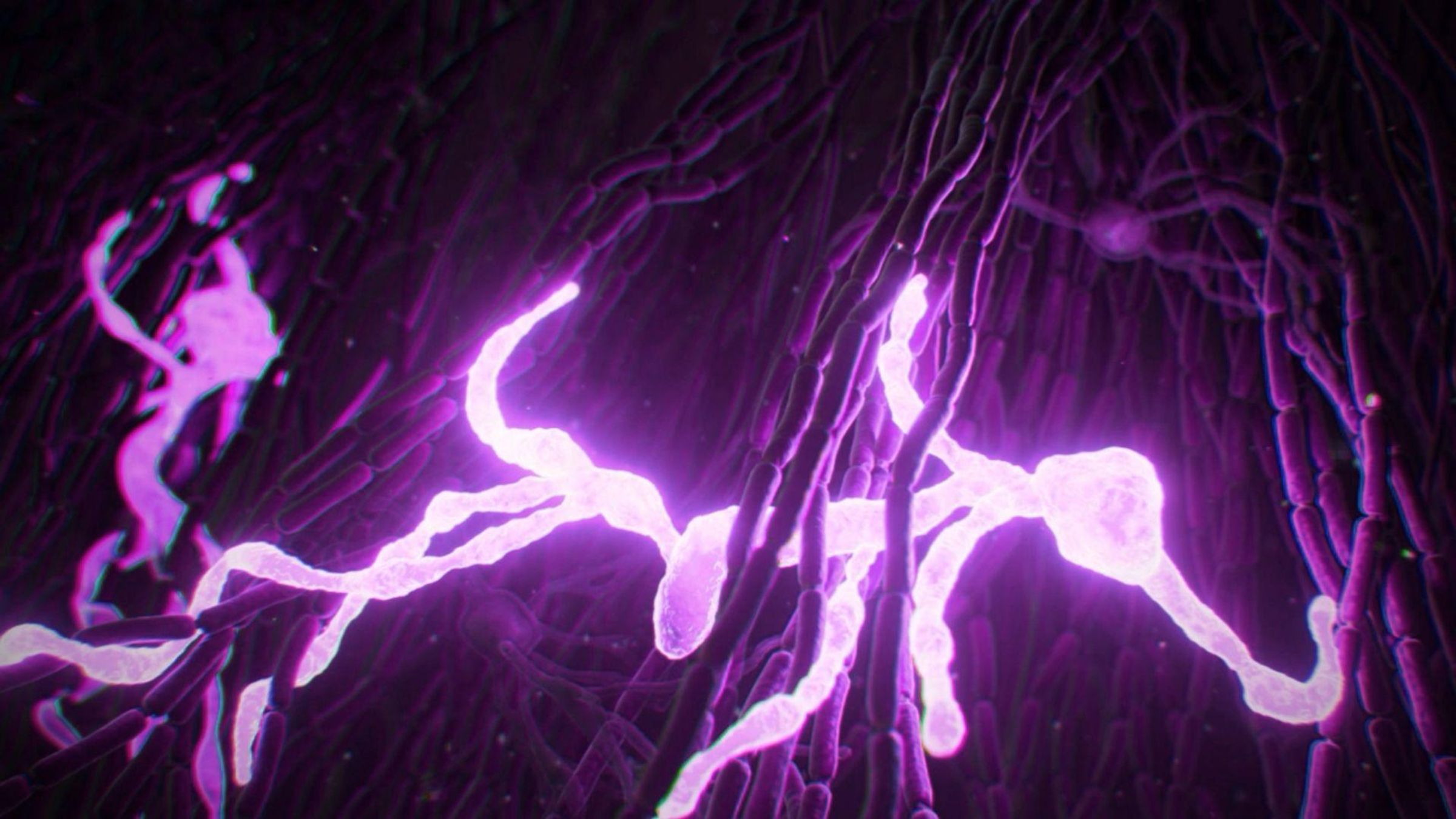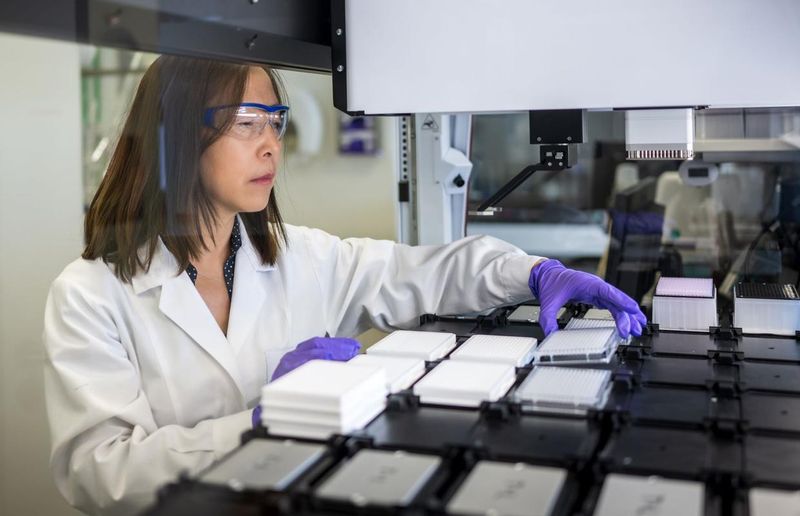Like the rest of the body, the brain contains immune cells that help regulate the body’s immune response. Exploring the links between immune pathways and the nervous system is driving our R&D in neuroimmunology – the next generation of neuroscience research.
Crossing Barriers in Neurological Disease R&D
Sanofi is developing new medicines built on patient insights and outstanding science to help the millions of people living with neurological disorders. Using revolutionary technologies, Sanofi scientists are developing targeted, potentially disease-modifying therapies for people living with conditions such as multiple sclerosis (MS). The goal is to design best-in-class medicines that slow or halt neurodegeneration, control neuroinflammation, and protect or even repair the nervous system.
Multiple Sclerosis
More than two million people worldwide are affected by MS, a neurological disease with unpredictable symptoms that include vision problems, challenges with cognition, and difficulty with physical activity. Caused by an immune attack on healthy tissues in the brain and spinal cord, the disease can worsen over time in some patients. MS can cause lesions in the brain, some of which can shrink over time while other, "smoldering" lesions can remain unchanged or expand.
Sanofi R&D teams aim to address MS progression by investigating multiple sources of MS damage in the brain. For example, Sanofi is studying a small molecule that inhibits Bruton's tyrosine kinase (BTK), an enzyme found in immune cells involved in MS. The aim is to create a therapeutic that could potentially act on both peripheral immune cells (e.g., B-cells) and immune cells in the brain (e.g., microglia) that are involved in inflammation and degeneration of the central nervous system. The clinical significance of this BTK inhibitor's activity is unknown and is currently under investigation at Sanofi.

The MS Treatment Landscape
Timothy J. Turner, Global Program Head for Neurology at Sanofi
Other Neurological Disorders
Sanofi has a strong commitment to patients with neurologic disorders for which few, if any, treatment options are available. These may include Huntington's disease, an inherited, progressive brain disorder caused by mutations in the HTT gene; chronic inflammatory demyelinating polyneuropathy (CIDP), a chronic disease in which immune cells attack the myelin sheath around nerve fibers in the peripheral nervous system; Parkinson’s disease; and myasthenia gravis, among others.
Technology Toolbox
Sanofi R&D teams are developing innovative new medicines that are built on patient insights and expertise in disease biology, and enabled by pioneering technologies such as gene therapies and new techniques that could "shuttle" therapeutic proteins across the blood–brain barrier. Across neurological diseases, they are resetting expectations for targeted therapies and pushing the frontiers of science.
Our Latest Science Stories

January 13, 2026
AI Across the R&D Value Chain: Manufacturing - Digital Labs and Self-Sharpening Tools
More for Healthcare Professionals
Our Data-sharing Commitments
Our Disclosure Commitments
Find a Clinical Trial
Campus Sanofi
References
- Nylander A, Hafler DA. Multiple sclerosis. J Clin Invest. 2012;122(4):1180-1188
- Phani S, Re DB, Przedborski S (2012) Front Pharmacol 3:150. doi: 10.3389/fphar.2012.00150
- World Health Organization: What are Neurological Disorders? Accessed on 15 March 2021 at https://www.who.int/news-room/q-a-detail/what-are-neurological-disorders


